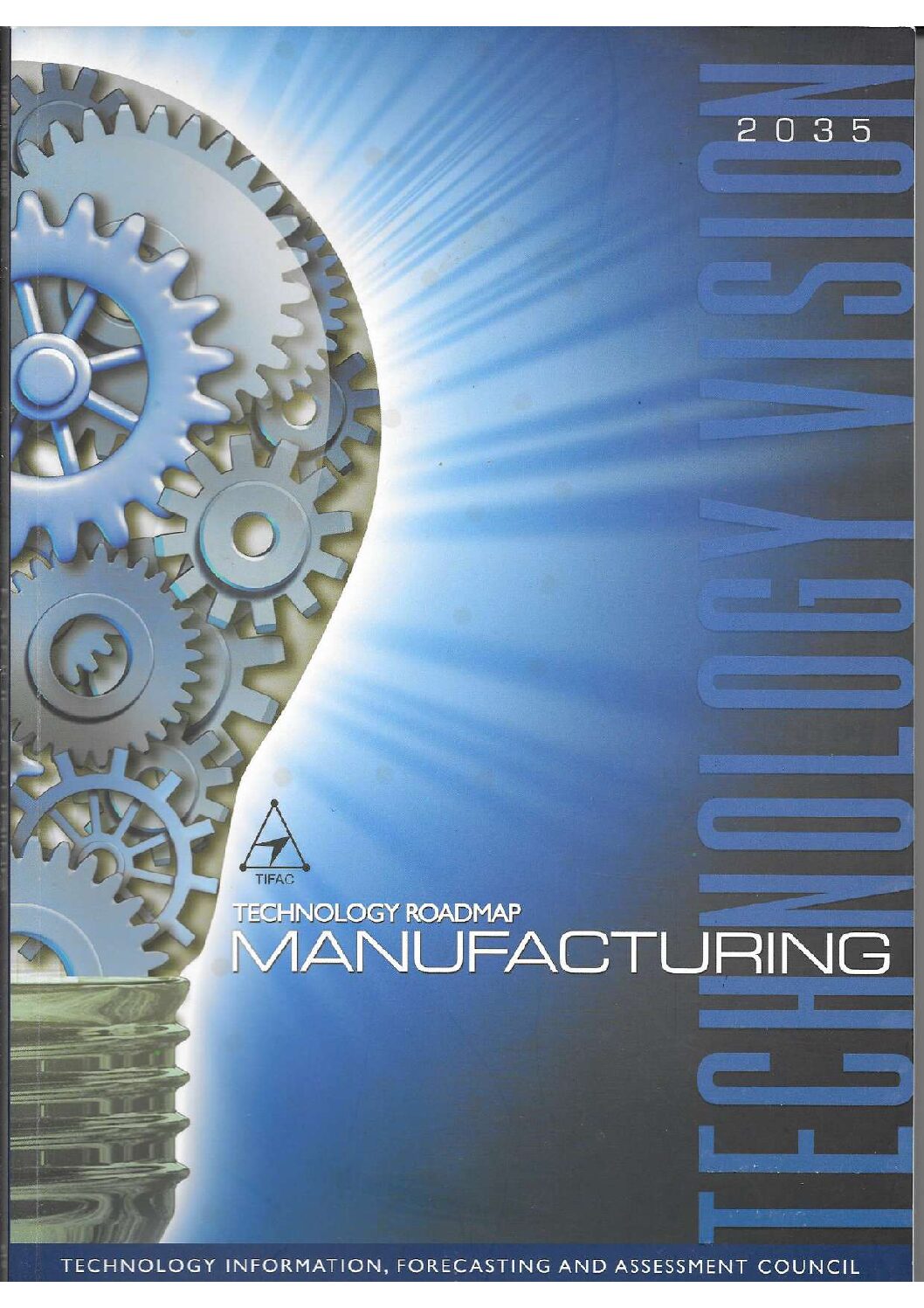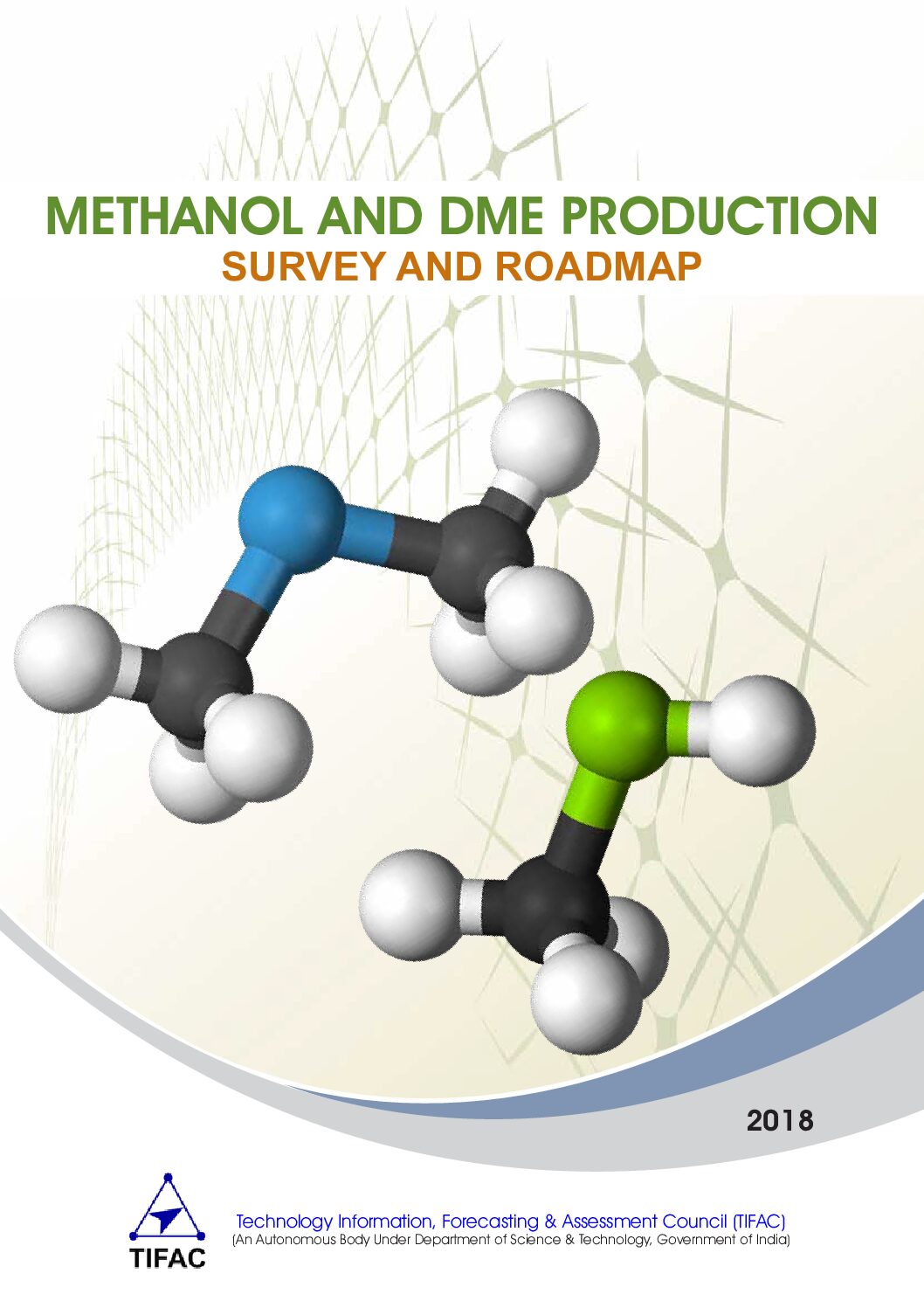Description
EXECUTIVE SUMMARY
Manufacturing sector is the engine of growth for India. It provides for a stable economy, sells goods to other sectors and in turn buys materials and services from them. An analysis of the contribution of this sector to the GDP of the nation would indicate that it has not contributed to its full potential. The growth of manufacturing sector into an economic powerhouse can only be realized when it imbibes technology and constantly updates the same.
Contributors to the sectoral roadmap begin with analysis of the current Indian and Global manufacturing scenario leading to the identification of technology gaps, drivers for change and its possible contribution to the GDP of India. Towards this, eight major manufacturing segments where potential for innovation, creation of jobs and contribution to export earnings exist have been looked into.
Traditional segments such as textile, leather, chemicals, food processing and metal fabrication have been analyzed alongside upcoming areas such as composites, micro and nano manufacturing, and electronics and ICT products.
Technology needs to meet increasing export and domestic demands, production of coloured cotton, customized apparels, technical textiles, implementing zero effluent discharge and appropriate adoption of technologies for cost reduction and quality improvement is highlighted in the textile and apparel chapter. Economic utilization of raw material and leather through a technology led growth path and adopting innovation driven manufacturing such that leather remains a consumer preference oriented fashion statement is highlight of the chapter on leather.
The requisite level of technology, infrastructure, skill and needs to reduce emissions from the chemical sector through routes including automation and process intensification has been presented in the chemical manufacturing segment. Chapter on food processing indicates that there is a scope to improve quality attributes of food along with simultaneous reduction of spoilage through innovative technologies, improvisation of supply chain and focus on traditional and health foods. Chapter on metal fabrication provides a roadmap on how industry in India can grow in leaps and bounds through adoption of technologies crucial for development of machine tools, fabrication equipment, automation and precision and productive manufacturing. The chapters on micro nano manufacturing, composite fabrication and electronic appliances and ICT products highlight how these relatively new sectors can become global leaders in manufacturing through development of tools for self assembly,repairs, machining and development of state-of-art fabs for ICT and electronics appliances manufacturing. Short, medium and long term technology needs for each specific segment has been evolved based on available literature and also based on reports and scenario / trend analysis carried out by specific government departments and those published on the World Wide Web. The document identifies a few grand challenges that manufacturing sector is likely to face by 2035 and also provides a glimpse into possible blue-sky research areas to ensure the sustained global leadership for the sector.
The vision perceived for the manufacturing sector is to create a technology edge that would turn India into a global manufacturing hub, resulting in large-scale job creation and enhanced contribution to GDP. All efforts to provide environmental and economic sustainability for the sector have been envisaged.
The manufacturing sector in India needs to grow through adoption of technology platforms which include nano-engineering, additive and precision manufacturing, adaptive automation, next generation electronics, continuous and sustainable manufacturing. It is perceived that adoption of these would enable the manufacturing sector to meet India’s internal needs as well as export value added products. Areas requiring development and adoption of technologies for manufacturing of products based on the likely changes in lifestyle and demographic dividend have been identified.
Recommendations that have evolved from this exercise to turn Indian industries as a global hub of manufacturing are a) creating innovation eco-systems at all levels b) developing systems for skill development, upgradation and certification c) emphasis on both economies of scale and scope models based on investment required for technology updation d) making available essential inputs such as raw material and energy at globally competitive rates, e) innovative technologies for frugal utilization of material f) building coalitions and encouraging cluster approach of MSME’s for appropriate investments in R&D, supporting technology acquisition and for design know how.
It is felt that through adoption of the recommendations, the manufacturing sector could ideally contribute 30 – 35% of GDP by 2035. Accordingly, the technology roadmap concludes by highlighting the need for a concerted effort from stakeholders that includes the government, R&D organizations, industries and academia for realization of the Vision 2035.






Reviews
There are no reviews yet.